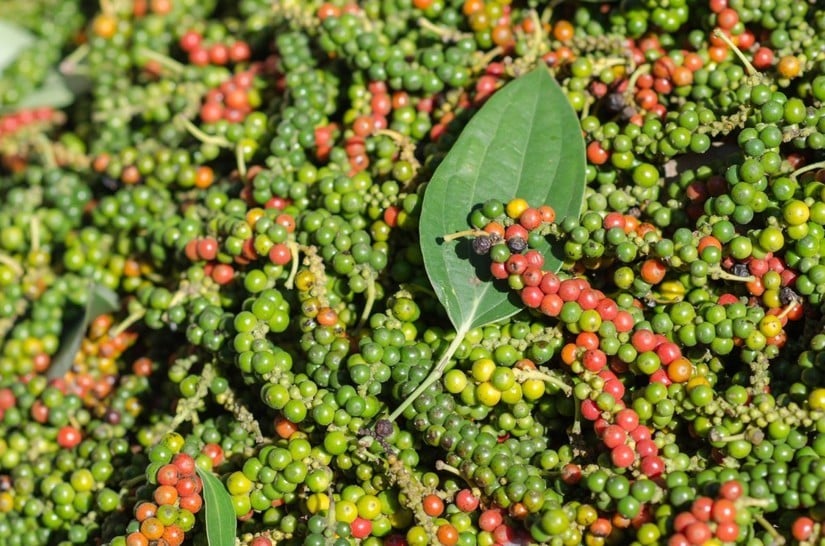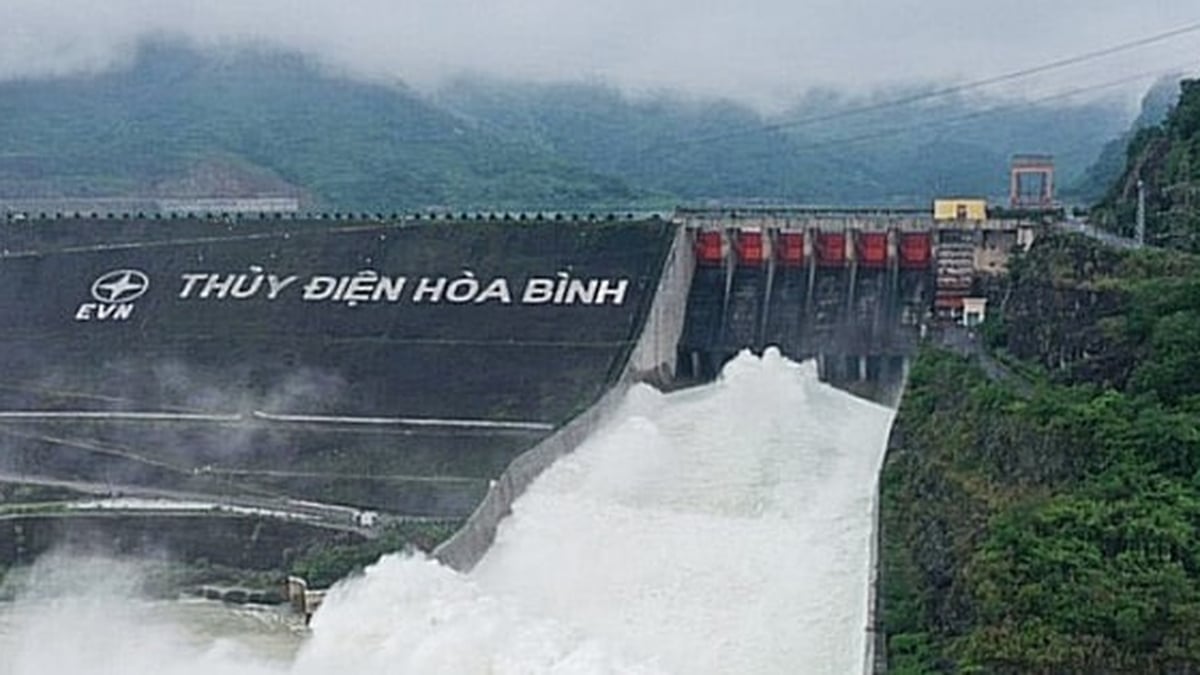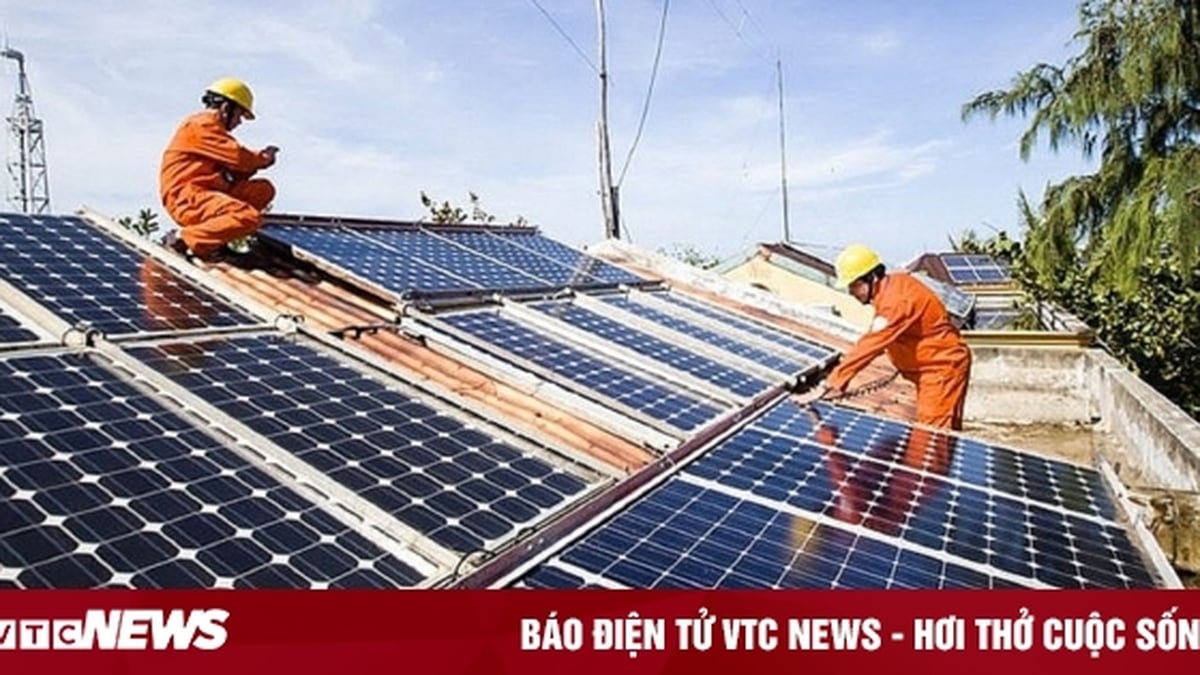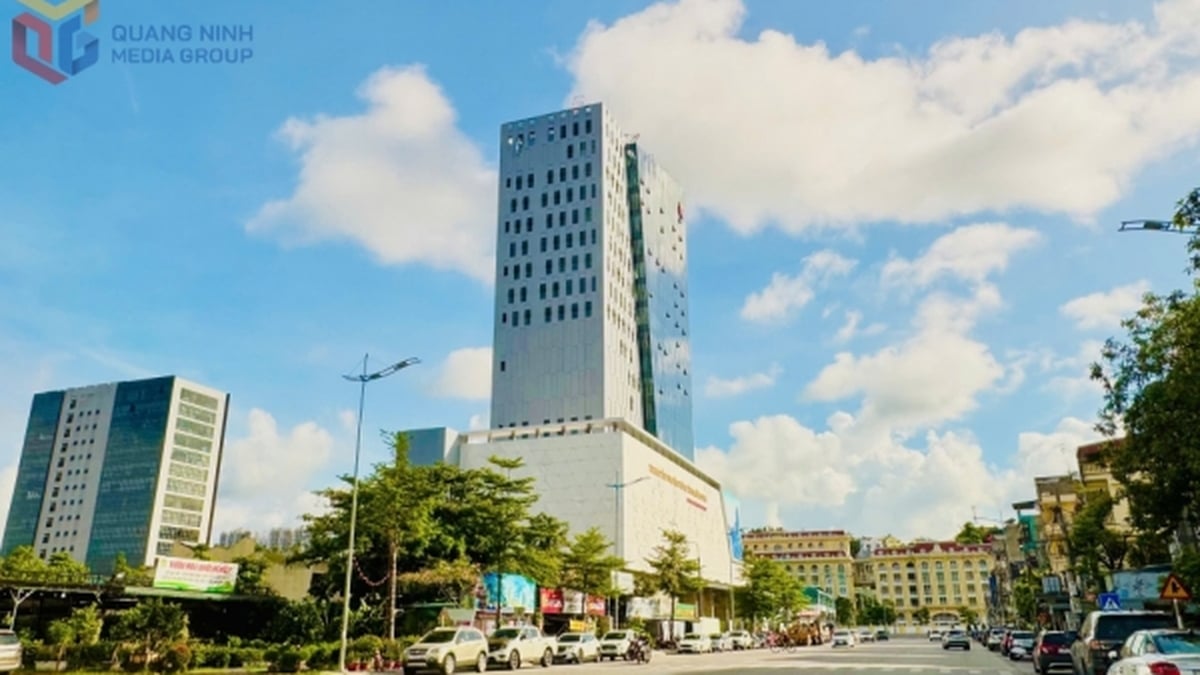 |
| Pepper price today September 7, 2023, lowest income among many crops, farmers are indifferent to pepper. (Source: Pepperblog) |
Pepper prices today in the domestic market continued to increase slightly in some key localities, trading from 70,000 - 73,000 VND/kg.
Specifically, pepper price today in Gia Lai is at 70,000 VND/kg.
Pepper prices today in Dong Nai province (71,000 VND/kg); Dak Nong, Dak Lak (71,500 VND/kg); Binh Phuoc (72,500 VND/kg) and Ba Ria - Vung Tau are at the highest level of 73,000 VND/kg.
In the world market, at the end of the most recent trading session, the International Pepper Community (IPC) listed the price of Vietnamese black pepper at 3,500 USD/ton for 500 g/l, 3,600 USD/ton for 550 g/l; the price of white pepper at 5,100 USD/ton. In Indonesia, increased selling pressure as the crop season is nearing its end has pushed pepper prices in this country down slightly in recent days.
Pepper cultivation in Indonesia has continued its downward trend over the years. The country recorded the highest decline in production in 2022, with a decrease of about 22% compared to 2021. This index is forecast to continue to decrease by 15% in 2023.
Many pepper farmers in major producing countries such as Vietnam, Brazil, and Indonesia are gradually switching to growing other crops with higher value. According to assessments, the current collection from pepper in Vietnam is the lowest compared to some other crops such as coffee, passion fruit, and durian.
New raw material is expected to continue to enter the market in the coming period, with harvests in southern Brazil and Indonesia. New crop supplies from other countries could create some selling pressure.
Meanwhile, demand from China may weaken in the short term, due to large imports in the first months of the year.
Meanwhile, demand from the US and the European Union (EU) has not shown any signs of improvement. However, expected production declines in Indonesia and southern Brazil will support prices in the near term.
The supply-demand balance, resulting from the availability of new supply and moderate demand, can keep prices within a range.
In the long term, pepper prices are likely to increase as supplies in major consuming countries such as the US and EU dry up after months of below-average imports.
Inflation in many countries is cooling down and consumer spending is starting to pick up again.
On the supply side, the development of El Nino along with speculative activities of pepper growers and market intermediaries will be decisive factors affecting the supply-demand balance.
Source



































































































Comment (0)